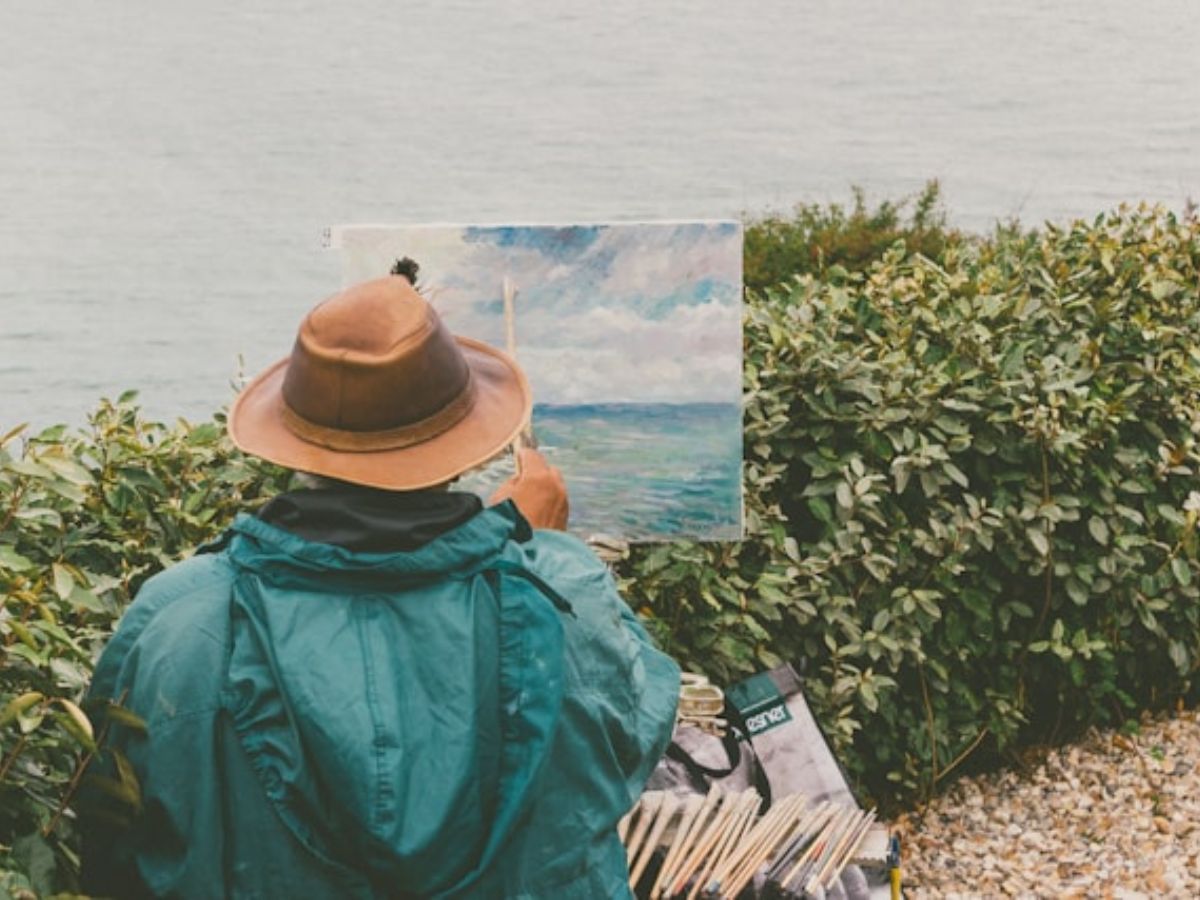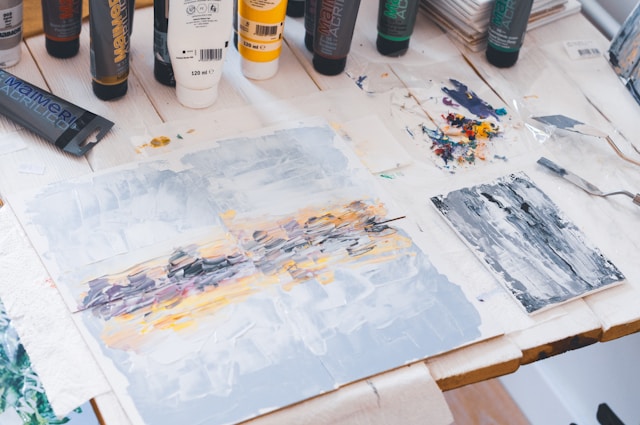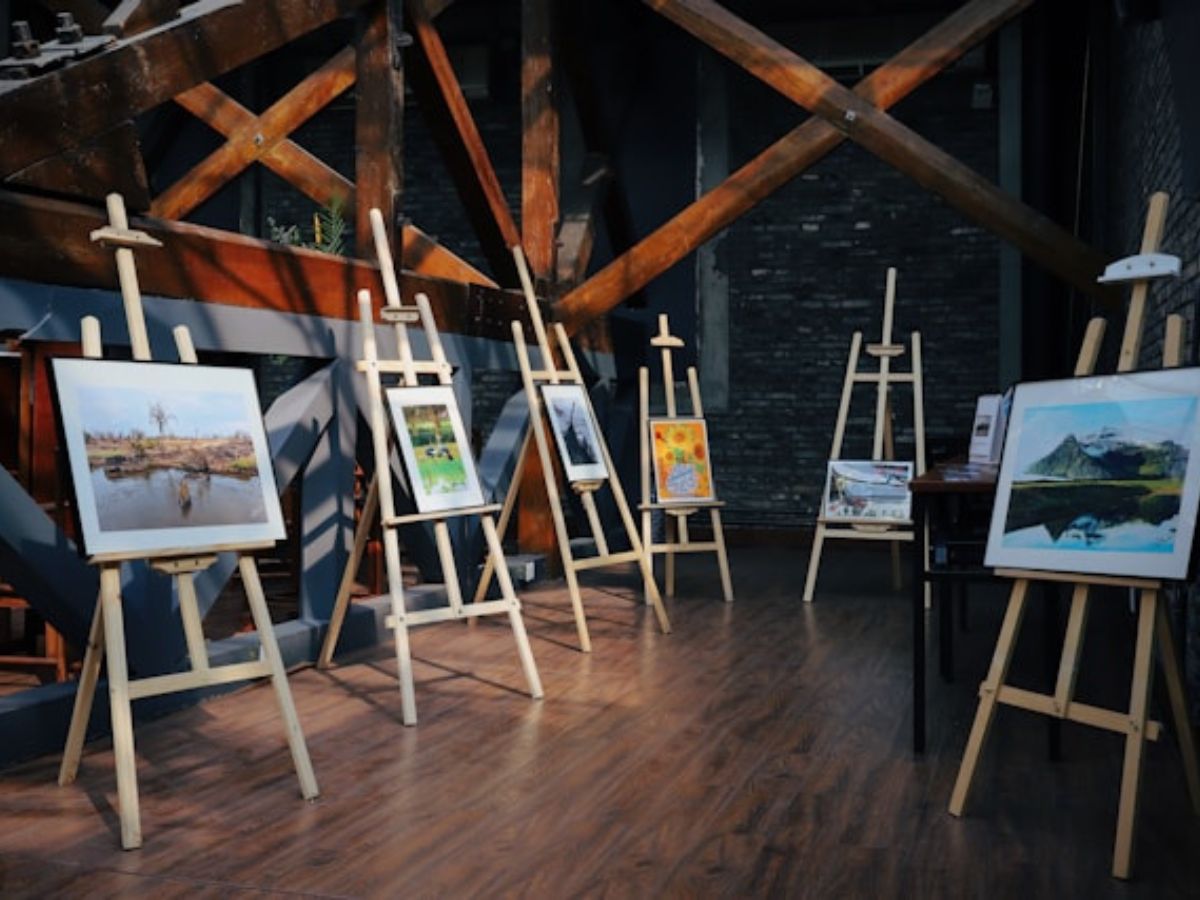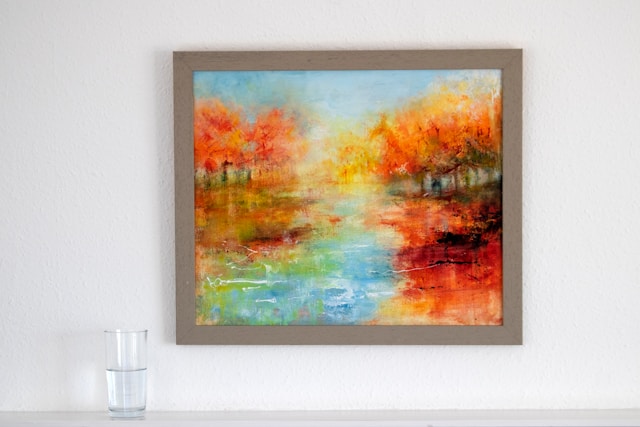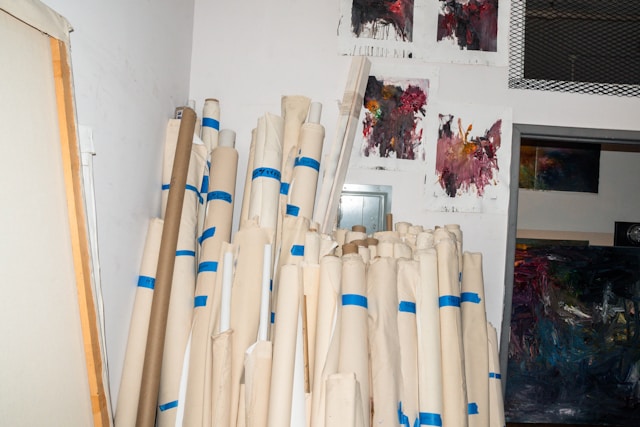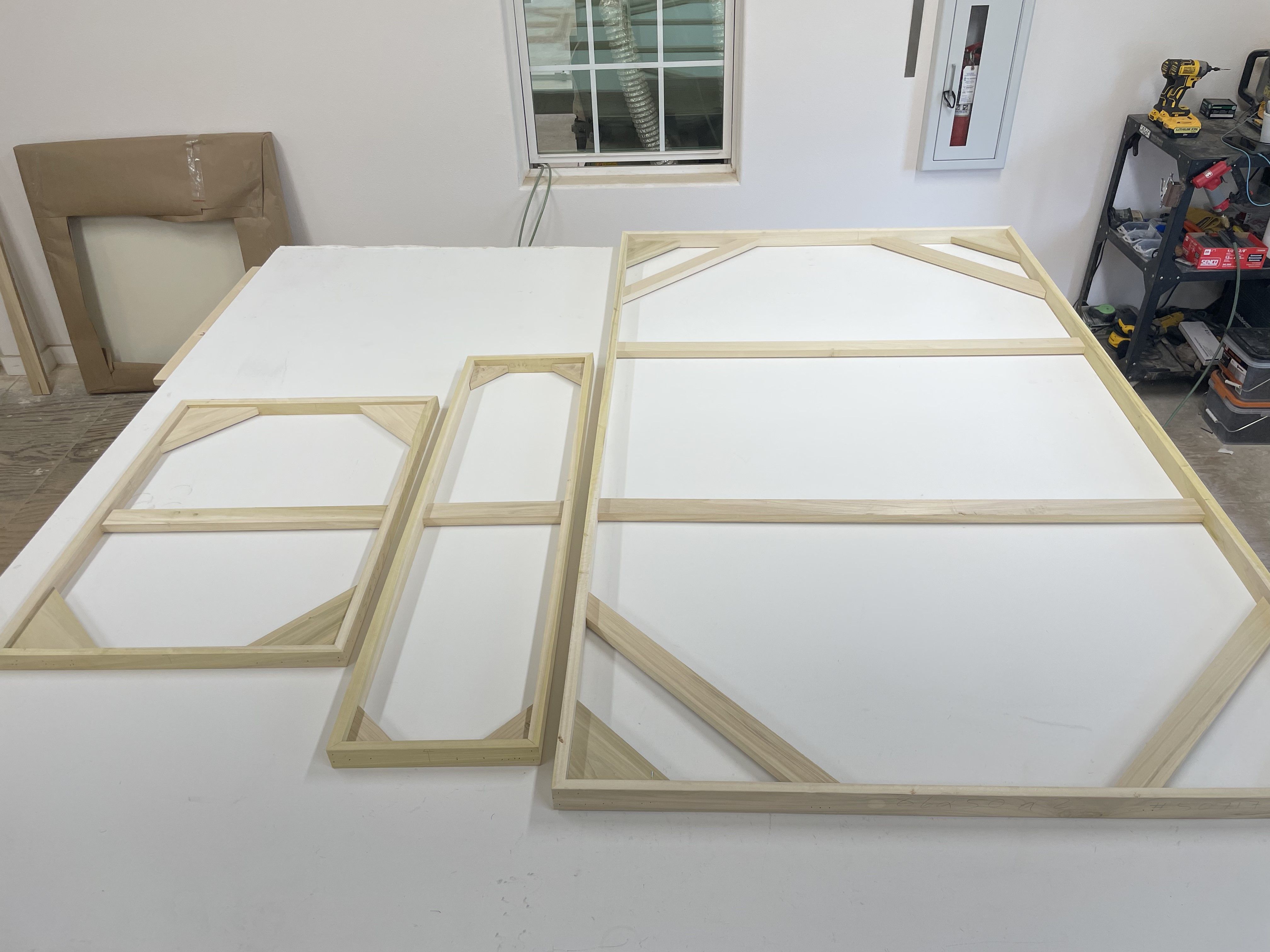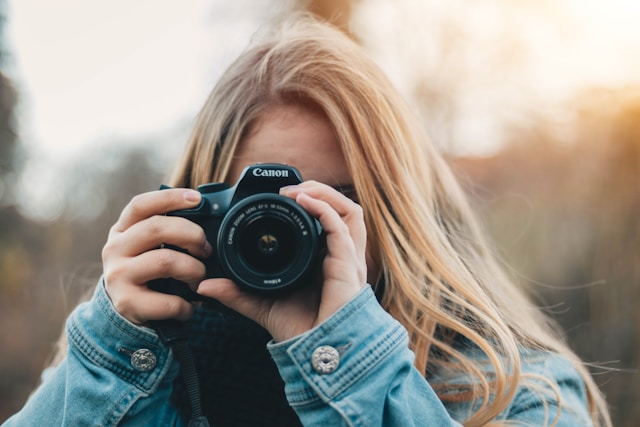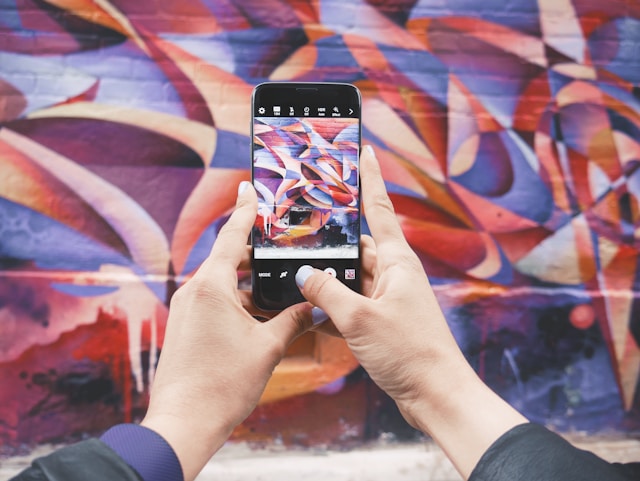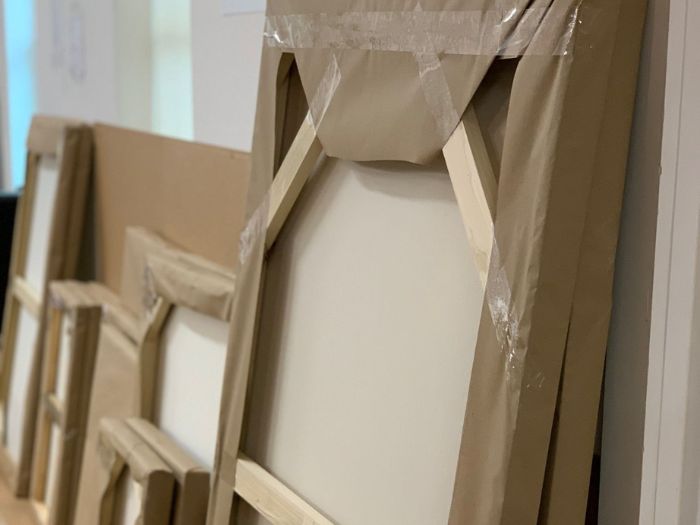For painters, showcasing their artwork effectively is essential for gaining recognition, attracting buyers, and building a successful career in the art world. Artists have numerous platforms and strategies at their disposal to exhibit their work to a global audience.
In this article, we’ll explore practical and engaging ways painters can showcase their artwork to maximize exposure and opportunities.
1. Online Portfolios and Websites
Having an online presence is important for artists. Creating a professional website or portfolio allows painters to showcase their artwork in a curated and accessible format. Platforms like Wix, Squarespace, and WordPress offer user-friendly tools for building stunning portfolios that reflect the artist’s style and personality. Additionally, online galleries such as Saatchi Art and ArtStation provide opportunities for artists to sell their work and connect with potential buyers worldwide.
2. Social Media Marketing
Social media platforms like Instagram, Facebook, X (formerly Twitter), and TikTok offer powerful tools for artists to reach a broad audience and engage with art enthusiasts. By regularly sharing high-quality images of their artwork, along with behind-the-scenes glimpses into their creative process, painters can cultivate a loyal following and generate buzz around their work.
Using hashtags, collaborating with influencers, and participating in online art communities are effective strategies for expanding reach and attracting attention to their artwork.
Read 6 Factors to Consider When Photographing Your Paintings for helpful pointers.

3. Art Exhibitions and Events
Participating in art exhibitions, fairs, and events provides painters with valuable opportunities to showcase their artwork to a live audience and network with fellow artists, collectors, and gallery owners. Whether it’s a local art fair, a group exhibition at a gallery, or a solo show in a public space, these events offer a tangible and immersive experience for viewers to connect with the artwork on a deeper level. Artists can also leverage digital platforms to promote their participation in these events and generate excitement among their online followers.
4. Collaborations and Partnerships
Collaborating with other artists, designers, brands, and organizations can expand painters’ reach and introduce their artwork to new audiences. Whether it’s creating custom pieces for commercial spaces, collaborating on art installations, or partnering with fashion brands for product design, these collaborations provide unique opportunities for exposure and creative expression. Building mutually beneficial partnerships can also open doors to new avenues for selling artwork and expanding the artist’s brand.
5. Art Competitions and Awards
Entering art competitions and awards can provide painters with prestigious recognition and validation for their work, as well as valuable exposure to jurors, critics, and collectors. Whether it’s a local juried exhibition or an international art prize, participating in these competitions can elevate the artist’s profile and credibility within the art community. Winning or being shortlisted for awards can also serve as a powerful marketing tool, garnering press coverage and attracting attention from galleries and collectors.
Showcasing artwork effectively requires a strategic and multi-faceted approach that combines online presence, social media marketing, live events, collaborations, and participation in competitions. By using these platforms and strategies, painters can maximize their exposure, reach new audiences, and ultimately, advance their careers in the competitive world of art. With dedication, creativity, and persistence, painters can transform their passion into a thriving and successful artistic journey.
Looking for high quality canvases?
CanvasLot is an Austin-based manufacturer of durable canvases for painting. Trusted by many artists, we have been providing exceptional canvases to art students, professionals and hobbyists. Contact us to know more about our canvases.


